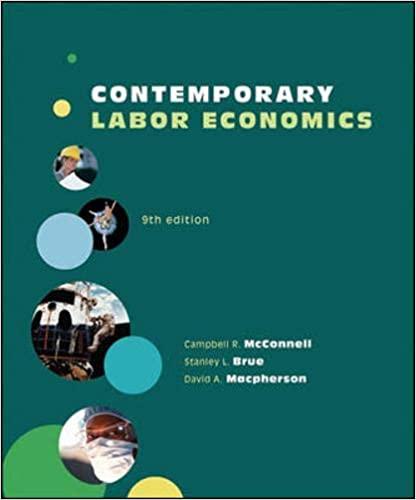Question
1.Good corporate governance normally excludes which one of the following alternatives? A. Sound practices to keep the business entity accountable to all stakeholders and the
1.Good corporate governance normally excludes which one of the following alternatives?
A. Sound practices to keep the business entity accountable to all stakeholders and the broader society.
B. Ongoing monitoring systems to ensure a proper balance of power within the organisation.
C. Proper risk management systems and processes to ensure the sustainability of the organisation.
D. Comprehensive legislature, guiding the practices of the organisation to mirror good corporate governance principles
2.A Chief Audit Executive (CAE) initiated an audit of the corporate code of ethics and the environment for ethical decision-making. Which of the following would most likely be considered inappropriate regarding the scope and/or recommendations of the audit?
A. A survey of employees, asking general questions regarding the ethical quality of corporate decision-making.
B. A review of the corporate code of ethics and a comparison with other corporate codes.
C. Administration of an anonymous ethics test to determine if employees are aware of unethical behaviour or have acted unethically themselves.
D. A survey of the board of directors to determine members levels of support for the corporate code of ethics.
3 Good corporate governance normally excludes which one of the following alternatives?
A. The development and implementation of practices to keep the business entity accountable to all stakeholders and the broader society.
B. Ongoing monitoring systems that ensure a proper balance of power within the business entity.
C. Proper risk management systems and processes to ensure the sustainability of the business entity.
D. Comprehensive legislature guiding the practices of the business entity to mirror good corporate governance principles.
4.Upon reviewing the results of the internal audit report with the audit committee, executive management agreed to accept the risk of not implementing corrective action on certain audit findings. Evaluate the following and indicate the best alternative for the internal audit activity.
A. Notify regulatory authorities of managements decision.
B. Perform additional audit steps to further identify the policy violations.
C. Conduct a follow-up audit to determine whether corrective action was taken.
D. Internal audit responsibility has been discharged and no further audit action is required.
5.Which one of the following statements is correct in respect of the key aspects required to achieve sustainability?
A. Inclusivity, innovation, fairness, collaboration and social transformation.
B. Inclusivity, fairness, collaboration and social transformation.
C. Innovation, fairness, collaboration and social transformation.
D. Innovation, fairness and social transformation
Step by Step Solution
There are 3 Steps involved in it
Step: 1

Get Instant Access to Expert-Tailored Solutions
See step-by-step solutions with expert insights and AI powered tools for academic success
Step: 2

Step: 3

Ace Your Homework with AI
Get the answers you need in no time with our AI-driven, step-by-step assistance
Get Started


